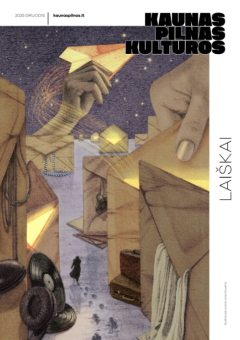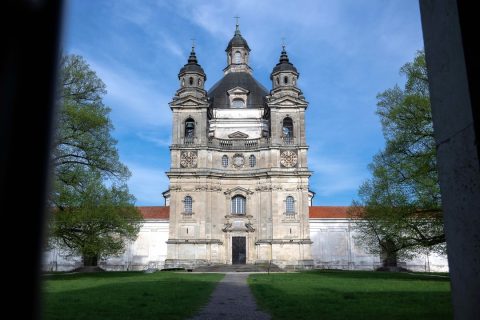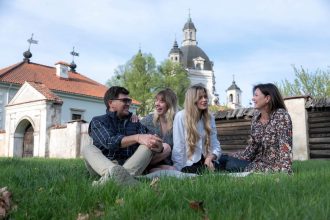This spring has been exceptionally rich in experiences with various libraries. Modern book fortresses are no longer just spaces for reading pleasure and kilometer-long shelves – they also serve as community or cultural centers, host various exhibitions and meetings, and some even take over a portion of the cinema visitors. This time, I came to the Park Branch of Kaunas Vincas Kudirka Public Library, located in Eiguliai, in the former Vitebskas shopping center, with an important mission: to get to know Rita Noreikienė, who has been working here for… a long time. The longest of all her colleagues at the institution, which has just celebrated its centenary.
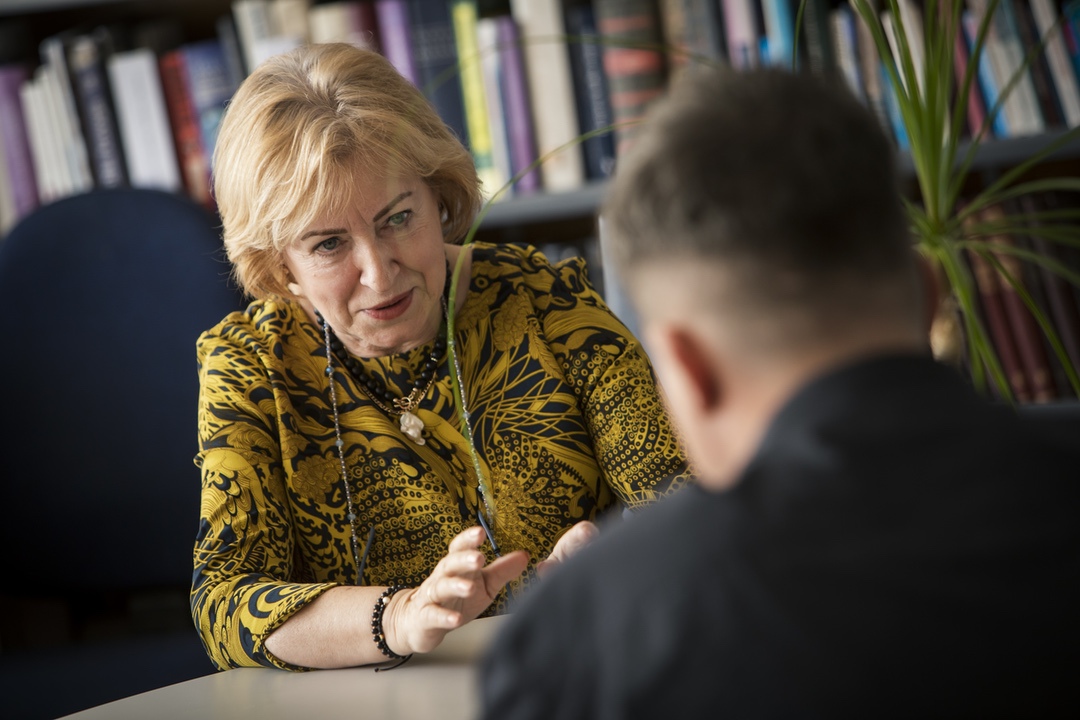
A lifetime in her beloved city
Rita Noreikienė jokes that she never even tried to leave. She was born in Kaunas, grew up here, and still lives here today. For most of her life, she has helped the residents of the Eiguliai neighborhood discover the joy of reading. She makes no secret of the fact that she first wanted to study and pursue a different career. But life put everything in place.
“I missed the required score by half a point, and after failing to get into the history program, I came back very disappointed. At the time, men were more likely to be accepted into that specialty. I was offered a chance to try again the next year, but I was already frustrated and didn’t want to lose a whole year, so I enrolled at Vilnius University to study Library Science and Bibliography. Thus, I never studied history,” Rita, who called herself an “accidental librarian”, says.
I can’t even imagine her in any other role: I have had some difficult interviews, but this is far from it. It is hard not to smile when listening to Rita; the way she speaks, how perfectly she forms sentences, and her energy truly show those 50 years of experience. As she herself says, she loves to communicate, she is active, responsible, and organized. And although she jokes that the life of a senior citizen is approaching, Rita radiates enthusiasm that I myself could envy. Not to mention the ability to feel at home in her profession and enjoy it, something my generation sorely lacks.
It all began in the heart of the city: the cradle of Kaunas libraries
“I started in 1977 in the Compiling Department, I would get acquainted with the latest publications. Then they kept offering me the position of branch manager, but I hesitated out of modesty. Eventually, the director at the time, Zenonas Vaškevičius, told me he was offering for the last time. I had no choice but to accept,” R. Noreikienė, who still holds the same position today, said.
She remembers the beginning of her career fondly: the working hours were convenient while raising children, the team was exceptionally pleasant and emotionally supportive, the environment was intellectually stimulating, and she constantly met interesting, well-educated people. And back then, everyone read very actively, after all, there was a lack of other types of entertainment.
“I only came to work here in Eiguliai in 1991, during a time of major changes. There was a lot of work and heavy workloads: we had to get rid of all the red [Soviet] literature, and the collections were simply overflowing. But I always liked the job. Once the opportunity arose to organize various events, I met many interesting people and was constantly engaging with different communities. Maybe, as always, I wished – and still do – for more young people to come, but that’s another topic,” Rita continues.
They chose the name themselves
Thinking back to the dawn of independence, I thought that libraries were probably not among the priorities of the new state. It turns out I was wrong. Yes, at one point this organization’s network united 39 libraries, and now only 22 remain. Still, after the restoration of Independence, the Park branch of the Kaunas Vincas Kudirka Public Library didn’t shrink – it only grew: the premises nearly doubled in size, the range of services expanded, more staff were hired, and more funding was allocated for activities.
“When I started working here, we also had to come up with a new name, because until then it was called the Vitebskas library. Democratically, with community participation, the name Park was chosen. It reflected our surroundings. Now we even have a Park restaurant nearby,” the librarian says.
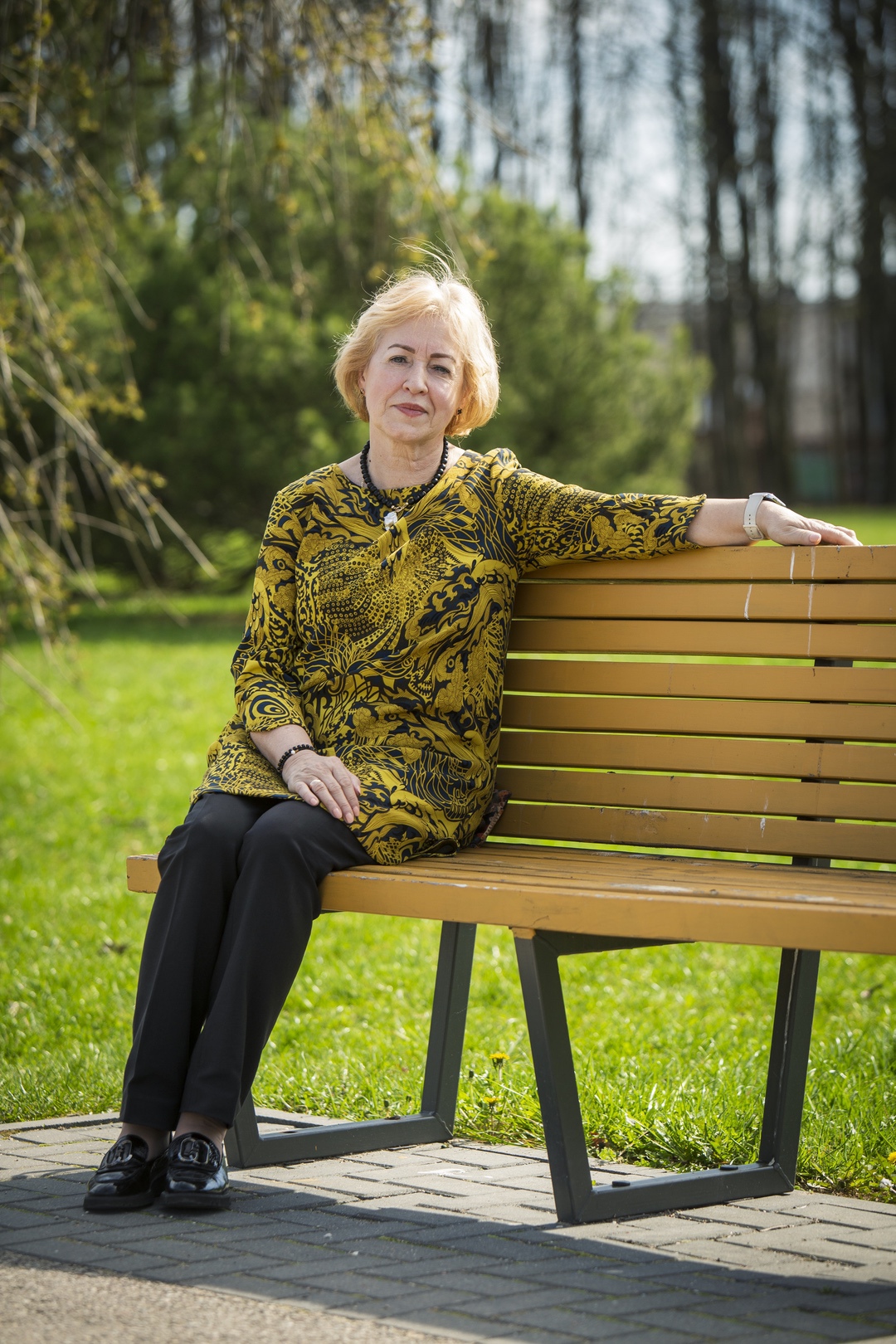
An explanation to those who aren’t local: this library branch is located next to the largest park in Kaunas – Kalniečių Park – in the neighborhood bordered by P. Lukšio and S. Žukausko Streets and Savanorių Avenue. Seven years ago, the entire 21-hectare area was renovated, and now it’s constantly buzzing with people, even during working hours, as we speak. By the way, not everyone knows that the original plan was to build the Žalgiris Arena here, not on Nemunas Island.
“People might have visited more often back then, but we also received more books. There were no modern technologies or digital entertainment. Maybe the number of readers hasn’t really changed, but the way people read has. Still, it would be hard to claim that people don’t read. Last year, nearly 79,000 people visited our library. We are one of the largest branches of the Vincas Kudirka Public Library,” we rejoice together.
For comparison, one of the most visited state museums – Vytautas the Great War Museum – receives about 105,000 visitors annually. The same goes for the M. K. Čiurlionis National Museum of Art.
Enough services for several organizations
These days, I probably visit libraries more often for events than for books. However, during our conversation, I realized that I don’t truly understand how important these institutions, which we usually pass by without noticing, are.
“We have a monthly book club. Readers get together to discuss the literature they’ve chosen and read. Another activity we are proud of is English classes for adults, taught by a professional volunteer. Of course, there are also various educational activities, both for children and adults. We also run non-formal education for children, English and art classes,” R. Noreikienė proudly says.
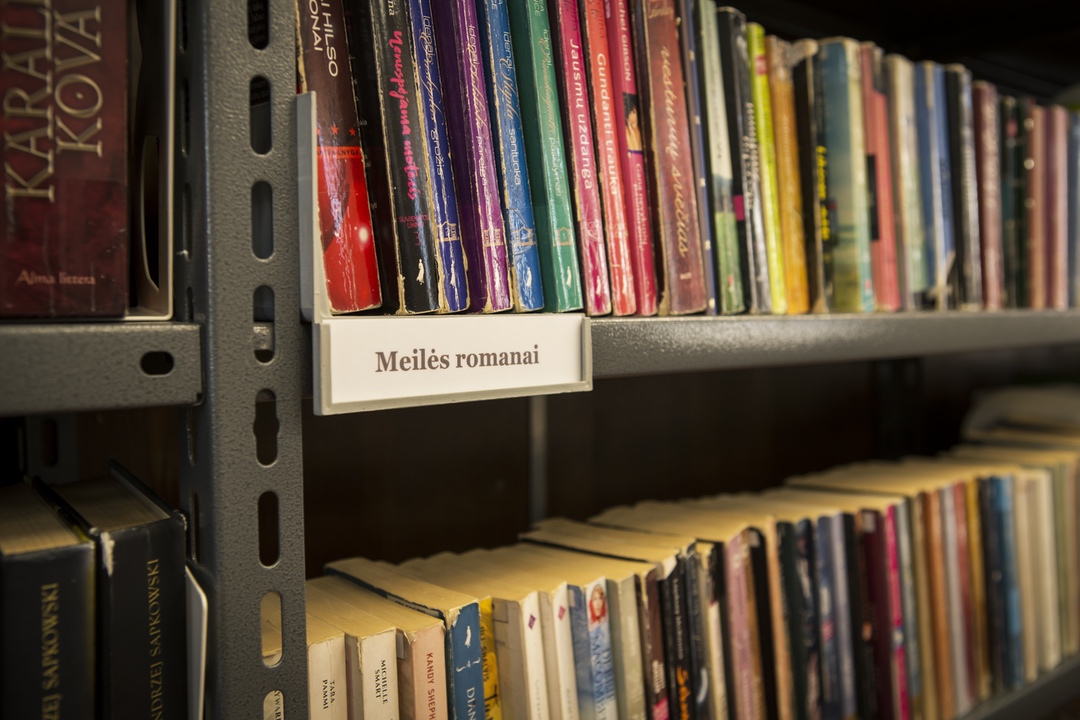
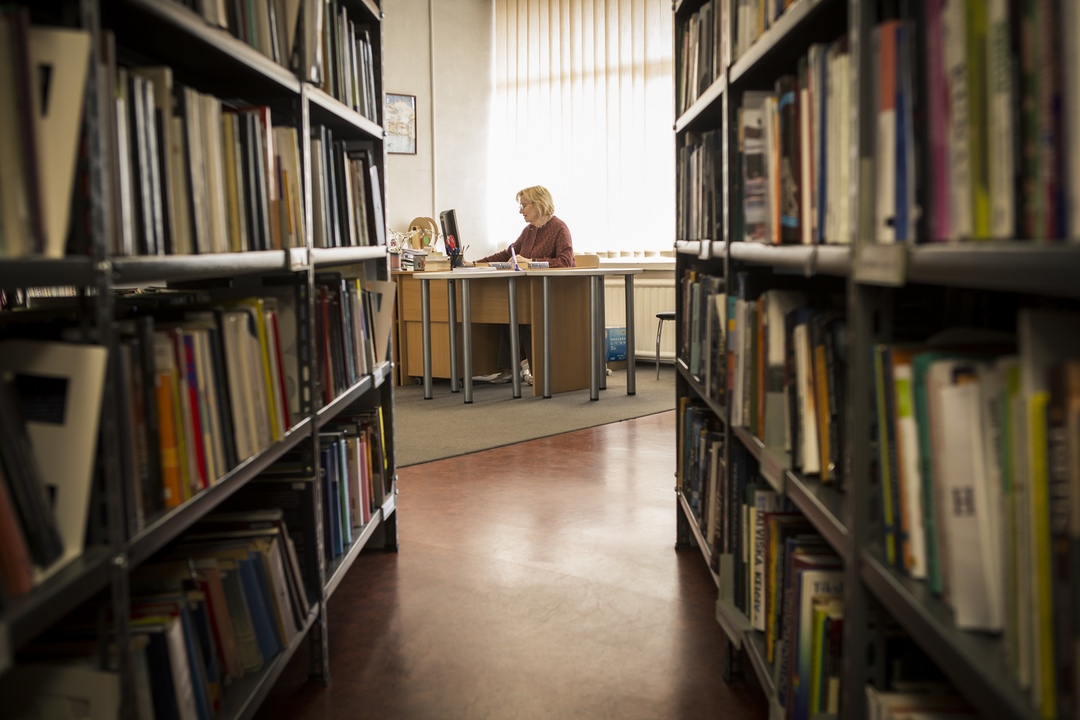
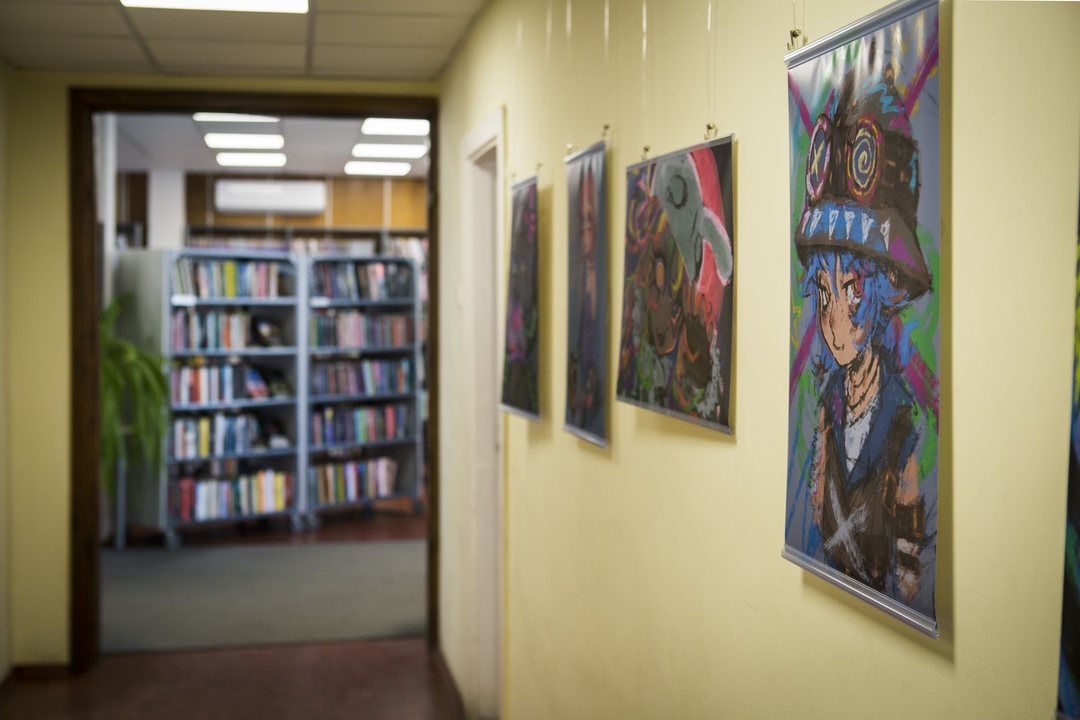
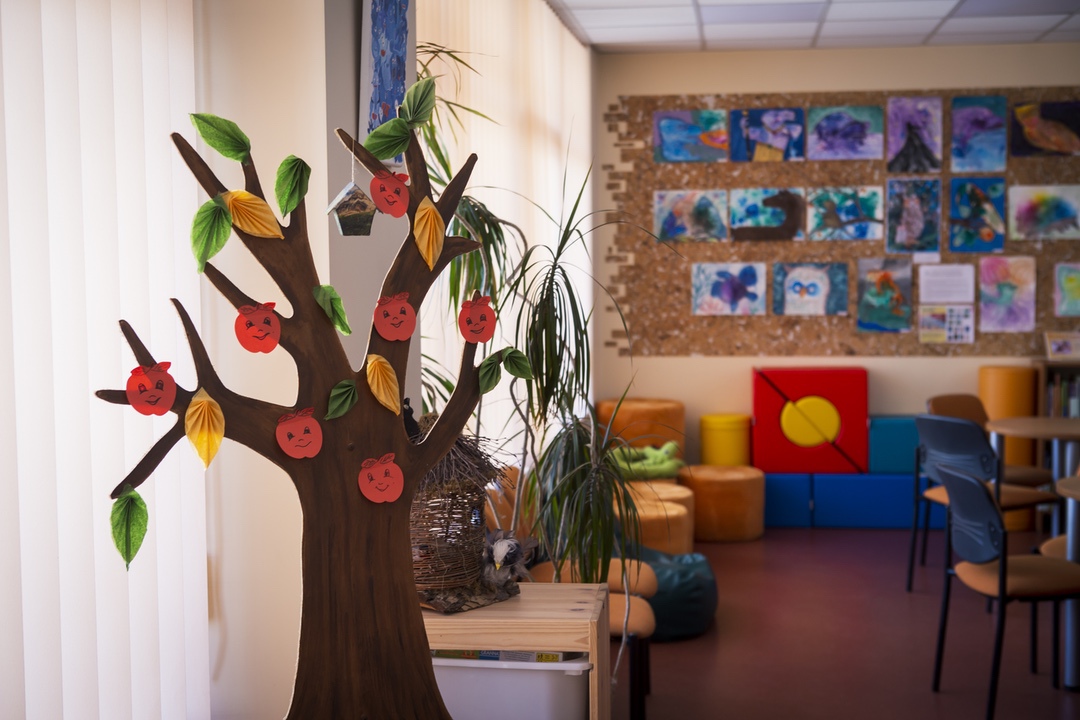
The library also has several other communities under its roof, with whom it has a written commitment to work together. For them, it’s a much-needed home: a space for like-minded people, leisure, intellectual relaxation, and socializing. “The sense of community has existed here for a long time. People say we’re lucky to attract so many visitors because we have so many communities. But in reality, it’s the result of many years of hard work, the fruits of which we are only now beginning to reap. All of these communities are very different, and achieving such results required a lot of communication and collaboration,” the head of the branch explains.
And then there are the highly commendable activities in cooperation with the Viltis Association for the Care of People with Intellectual Disabilities. The librarians conduct various educational activities for its members. The library also hosts concerts and book presentations as well as assistance to Ukrainian children and adults. All this – in the only branch of the Vincas Kudirka Public Library with a separate hall for events.
“Readers come not only to events but often just to see each other. We also get a lot of schoolchildren who come here to do their homework. They find peace and quiet here as well as all the necessary tools. We have a play area, and we also run computer literacy courses. They are aimed at both advanced and beginners, often seniors,” the long-time employee continues.
Wild times didn’t spare the library
“The most memorable and painful event during all these years was the library fire. In the morning, we got word from the director that during the night, residents of the neighboring apartment building had called the fire brigade. Although the damage wasn’t major, the walls were blackened, windows shattered, and a significant part of the collection was damaged. This happened around 2002–2003. The arson was linked to the nearby marketplace,” Rita reveals.
I remember those times myself, and I can say that we made a light-year-long leap forward in those 20 years as a society. The shadow of privatization could still be felt, the historic EBSW case hadn’t even reached court yet, and the Inkaras factory worker strike had just recently erupted. So, we can only imagine what was happening in those post-Soviet markets.
Even now, you can enter the library after passing through an authentic marketplace. Crooked kiosks, open illegal trade on the sidewalks, pubs reminiscent of the hand-drawn advertisement era, completely worn-out infrastructure… It is interesting to visit if only for the sake of local history or sociology.
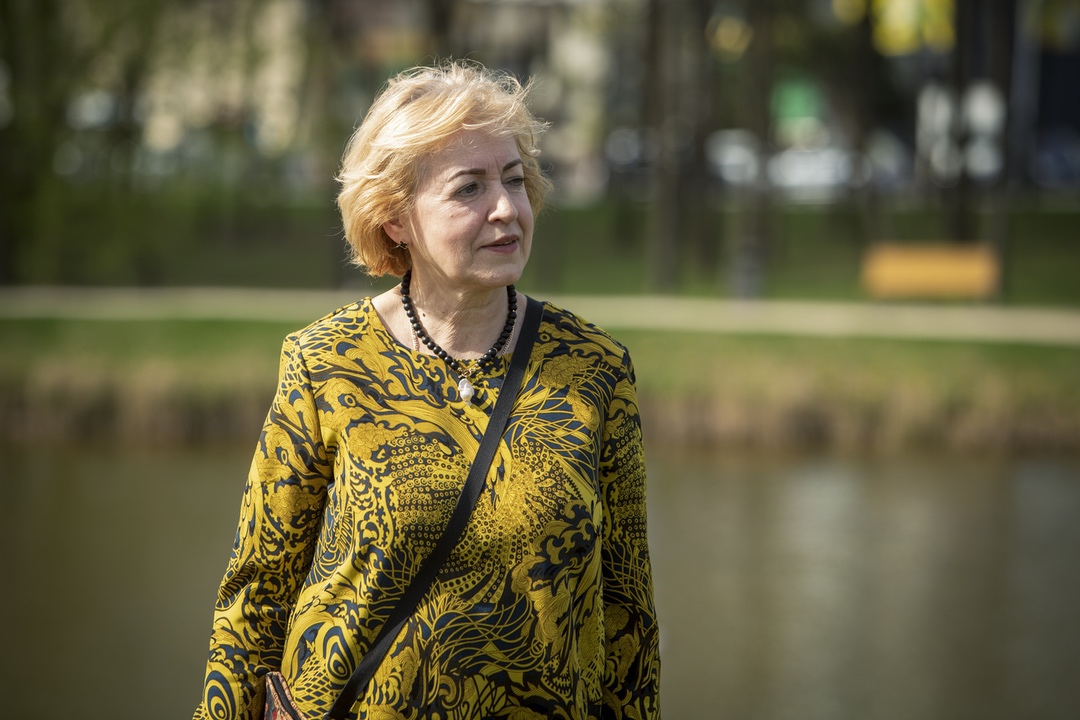
“We held meetings with all the involved parties, including representatives from the neighboring store. We discussed and looked for solutions. The land around had been leased for 99 years, boundaries were being measured. We, as cultural workers, tried to stay above all of this, let’s say, war. Over time, that tension somehow eased. I don’t know who ran the market – we tried to stay out of it,” the head of the Park Library says.
Obviously, you can destroy the premises as much as you want, but if you don’t break the active cultural workers, everything will not only return to its rightful place but will also become stronger. My interviewee, who has experienced exactly half a century at the Vincas Kudirka Public Library, serves as a perfect example of this.
